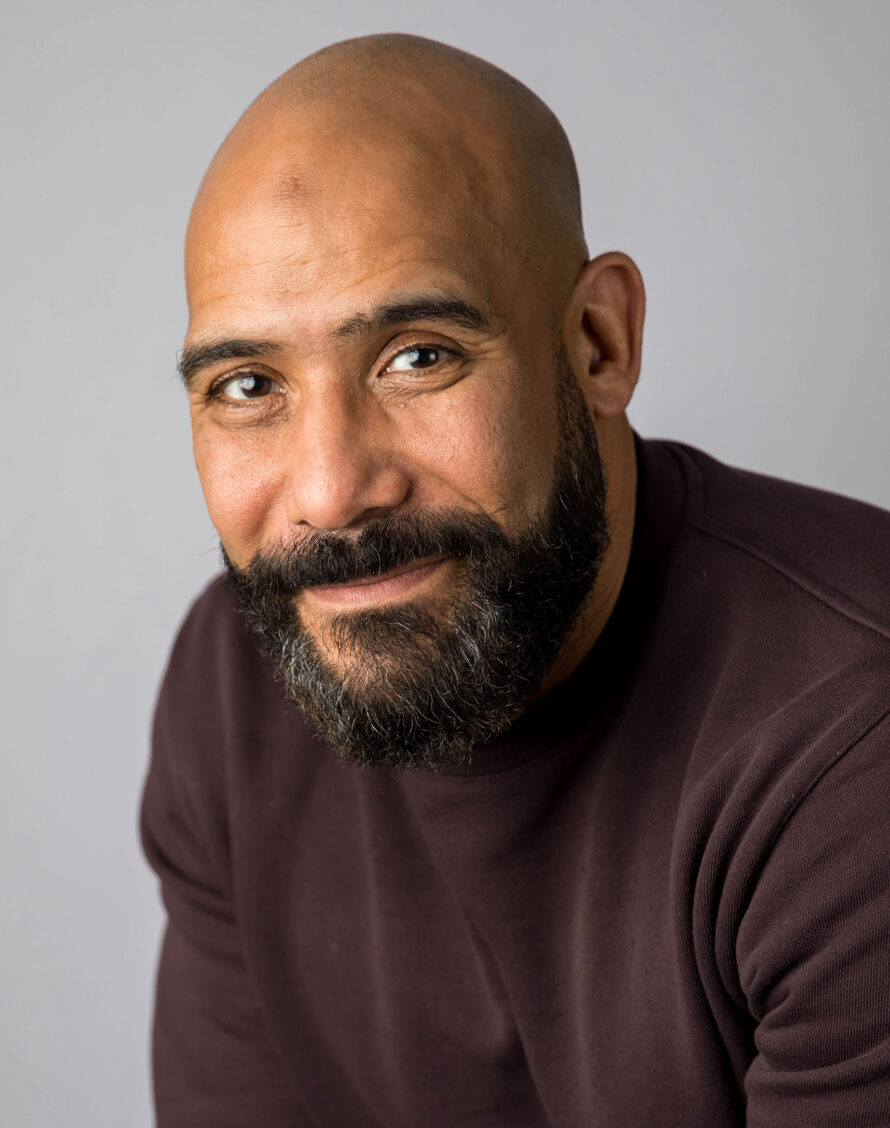How can law firms change their talent strategy and culture to accommodate a wider array of employee preferences around working styles? Building in flexibility and transparency might be a good first step
When lay-offs at law firms began making headlines in 2023, it is easy to perceive the demand for legal services as shrinking. However, perception is not necessarily reality. While there are economic pressures for buyers of legal services that have them looking to reduce expenses, the conditions of the legal market are more nuanced.
Indeed, some of these conditions are favoring midsize law firms, with these lower-cost firms seeing overall demand increases, particularly in litigation, and more specialized firms seeing better results, according to the recent 2023 Report on the State of the Legal Market.
Talent retention for the most part still remains a priority for many law firm managing partners, although it has decreased in priority from where it was a year ago. However, overall lawyer headcount still remains above where it was two years ago, and turnover is returning to pre-pandemic levels.
The biggest challenge law firms face today is how to evolve their talent strategy and culture to accommodate a wider array of employee preferences on working styles in order to retain talent from varying backgrounds. To achieve this, building agility and transparency within the culture of the workplace is key.
And this the approach that the law firm Levenfeld Pearlstein is taking. To make the firm’s culture agile, all assumptions on how collaboration works, what is deemed professional, and what success looks like must be examined. And this is exactly the environment that Levenfeld Pearlstein has and continues to prioritize, says Kevin Slaughter, an M&A partner at the firm.
Openness — Diversity, equity & inclusion (DEI) has continued to increase in importance in the legal industry over the last few years, but often a key requirement is more conformity rather than more freedom. Slaughter’s exposure to Levenfeld Pearlstein’s open culture started early in the interview process. When he first met the firm’s managing partner at the time, Slaughter bonded with him on how the firm has had to adjust its work practices to adhere to the religious practices of their employees’ faiths — Slaughter as a Muslim Black man and the former managing partner as a Jewish man. “For me to tell the MP that I’m a practicing Muslim, and that turns into an hour-long conversation, a very thoughtful conversation of mutual respect, was huge,” Slaughter states.

Trust-first principle — In many law firms’ cultures, trust must be earned before partners will make introductions to other lawyers. Slaughter experienced the opposite of this early in his tenure at the firm. The partners “trusted me with their clients, and this was huge because in the past, even when I was a partner, I’ve had people looking over my shoulder, checking my work, double-checking. Again, that just drives imposter syndrome. It drives the self-doubt,” he explains.
This “trust-first” principle at Levenfeld Pearlstein also was at the heart of collaboration among partners. They had confidence in him right away, Slaughter adds, and they demonstrated this by opening up their client network, which had never happened before. Slaughter’s peers also gave him the freedom to do what he does best without worrying about having opportunities taken away because he made a mistake.
Code-switching obstructs success & authenticity
For lawyers with underrepresented identities, in particular for attorneys of color, the constant worry about messing up or making errors takes up mental space. “You can’t breathe,” Slaughter describes.
The openness and trust-first elements of Levenfeld Pearlstein’s culture freed up Slaughter’s mental capacity to build business relationships with clients and focus on the work that had previously been dedicated to code-switching — the ways in which members of underrepresented groups adjust their language, behavior, and appearance to fit into the dominant culture. “It takes an enormous amount of energy away from everything you do because you’re constantly worried about, ‘Should I say this?’ ‘Who’s looking at me?’ ‘Can I wear this?’ It’s debilitating,” he explains. “It’s often combined with or leads to imposter syndrome, where you’re trying to be what you think you’re supposed to be or what people expect you to be. The biggest casualty of all this is self-authenticity.”
Small actions help develop junior talent
To scale up Levenfeld Pearlstein’s agile culture to better benefit the firm’s younger talent, Slaughter is helping the firm distill the most meaningful behaviors as it embarks on its first-ever associate class of law school graduates. He highlights two methods that he uses for success:
-
-
- Take an “other-person-first” mindset — Just like most lawyers, Slaughter puts client needs first, and that’s something he also does with junior lawyers. He takes the practice of focused listening when dealing with clients and applies that method to interactions with his colleagues.
- Give context for assignments live — Rather than sending an email with an assignment, connect in-person to best communicate the assignment, offer context for it, and explain why it is important to serving the client well. Then, check frequently for agreement and mutual understanding on assignments, as well as an understanding of what is expected.
-
During a recent roundtable meeting of chief talent officers, the value of both the planned and unplanned check-in meeting remained a primary mechanism to drive lawyer retention. Today, as law firms settle into new ways of working, the check-in has emerged as a pivotal tool to building trust, providing openness on career growth opportunities, setting context for assignments, offering feedback on work product.
These career growth chats, particularly for underrepresented talent, are critical and demonstrate the “other-person-first” mindset that is needed to deliver agile work culture at scale.







